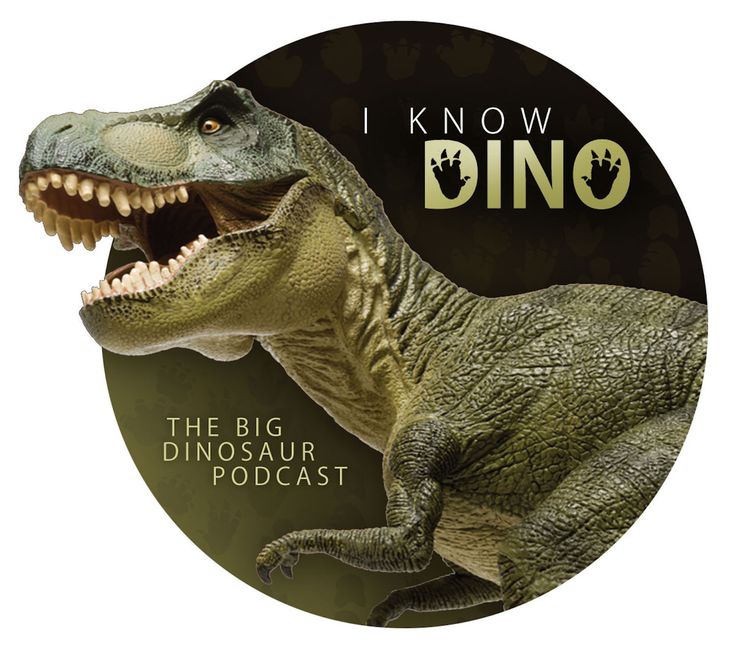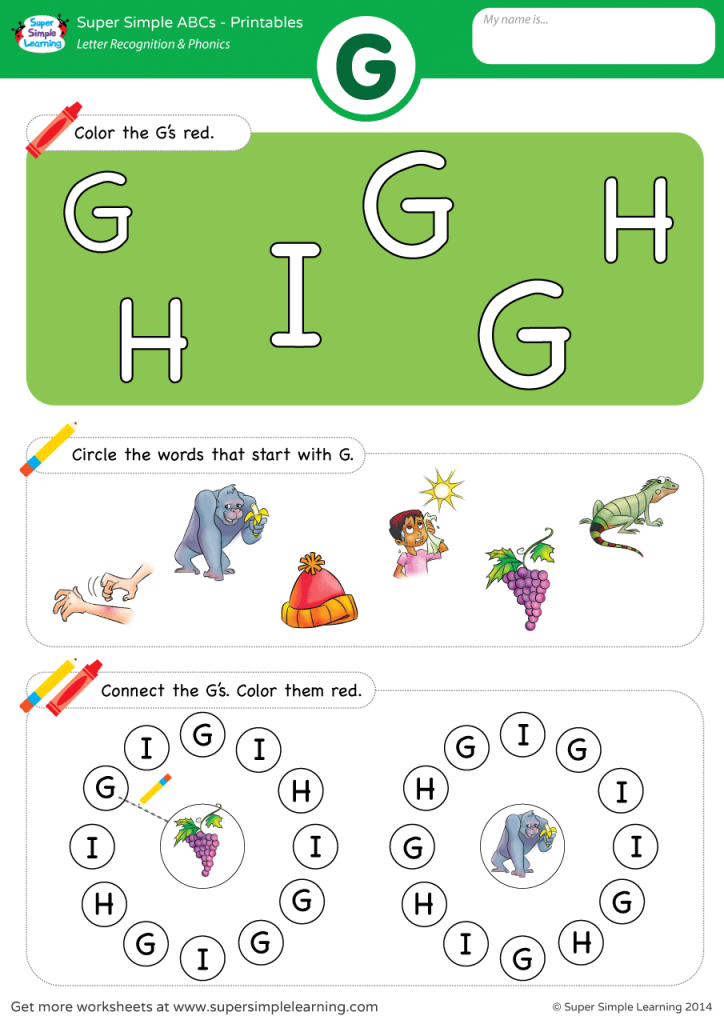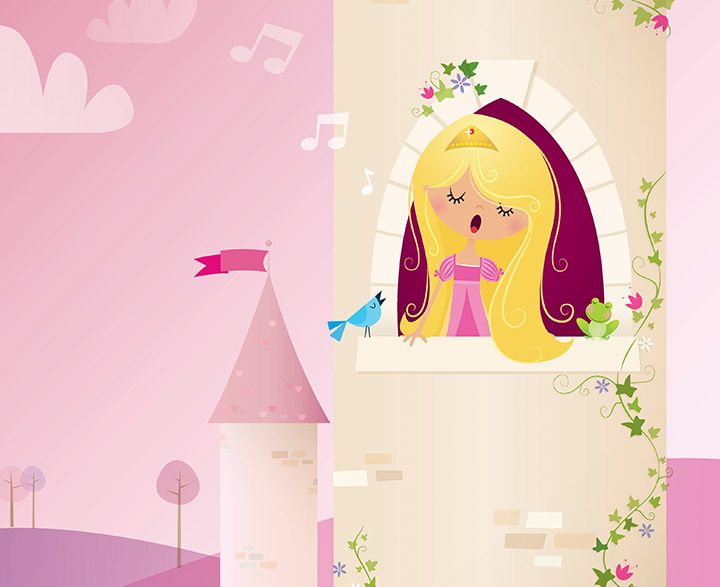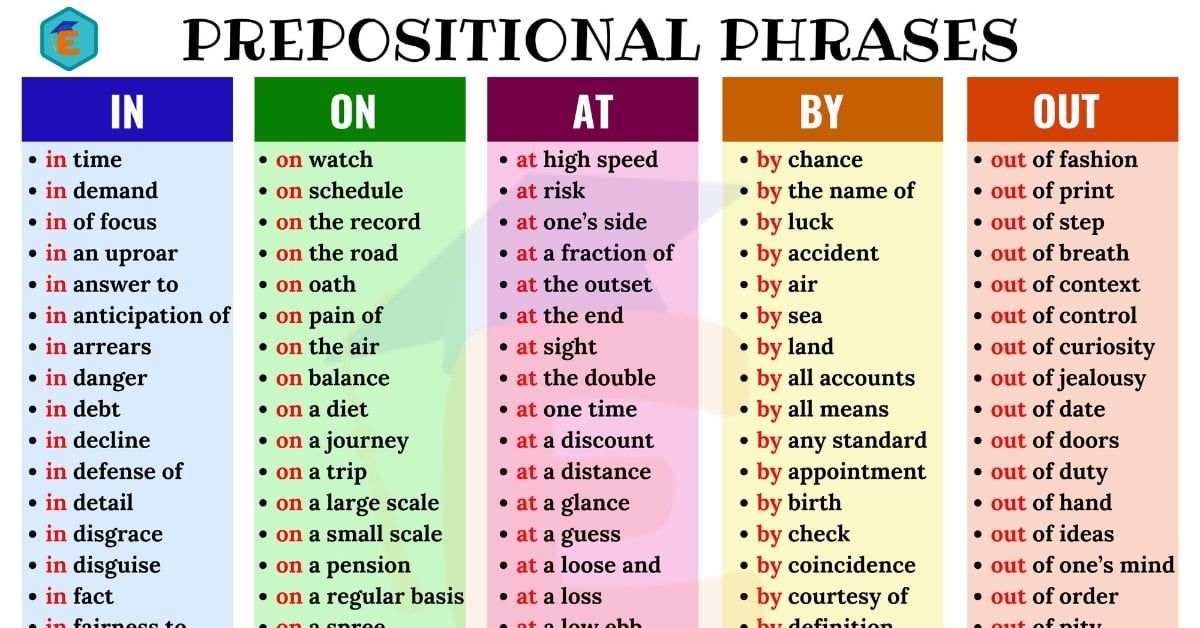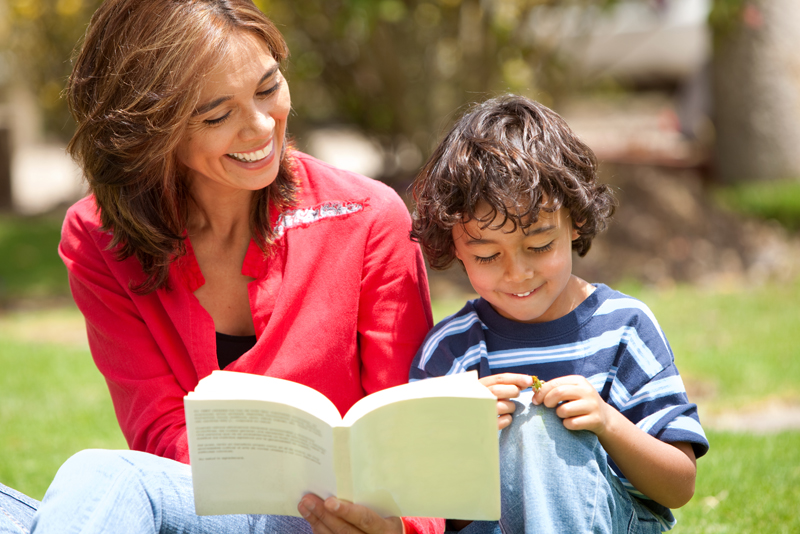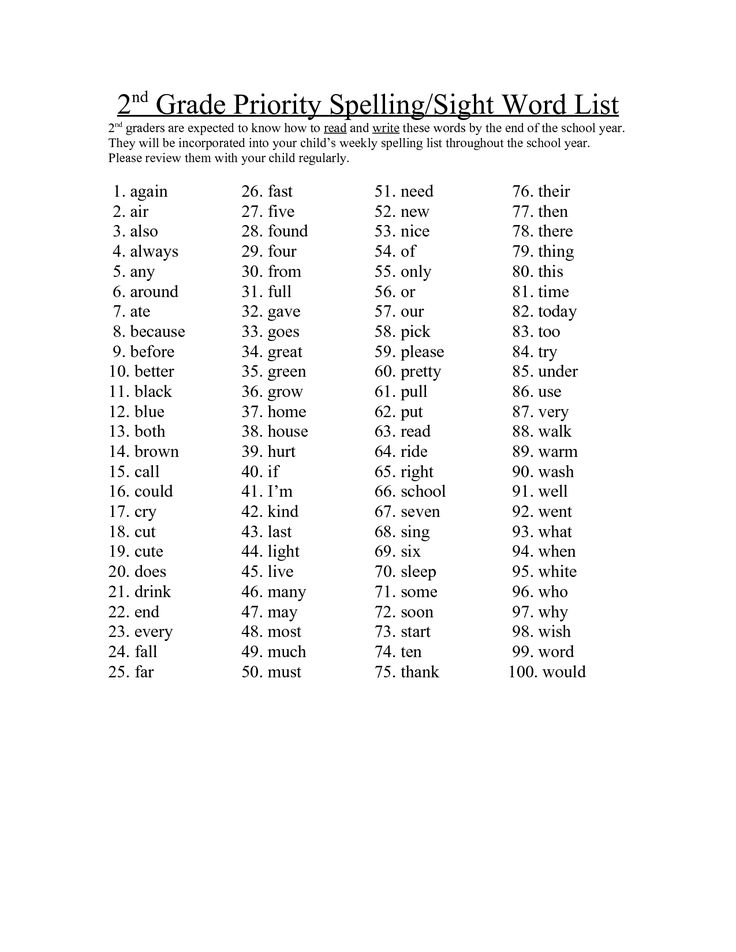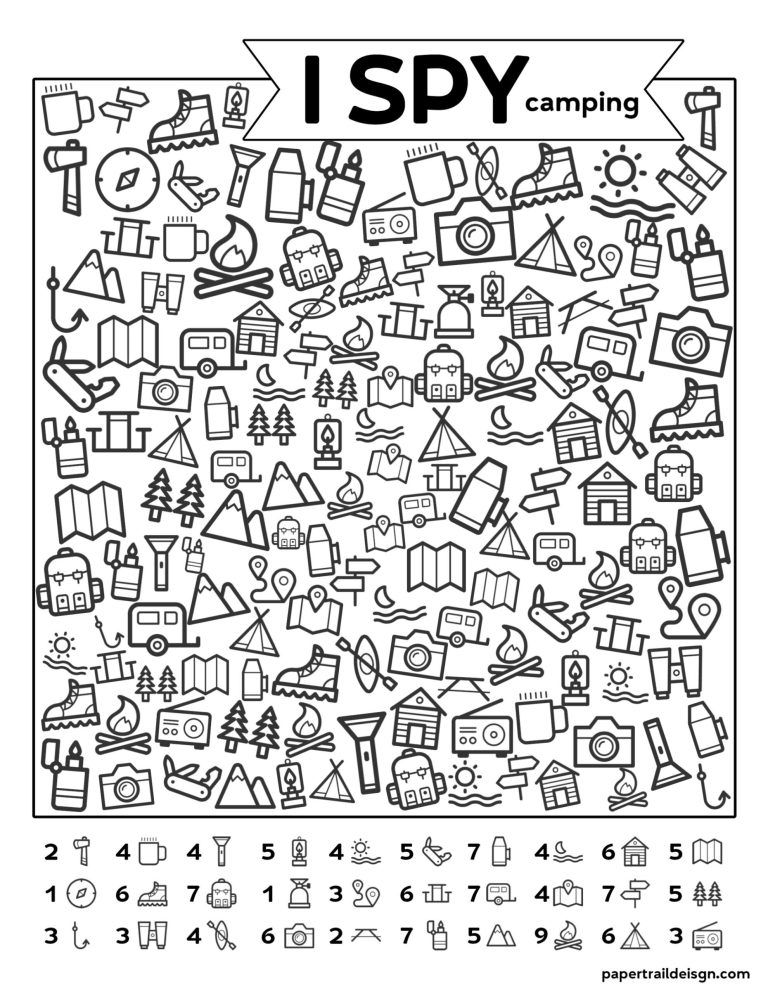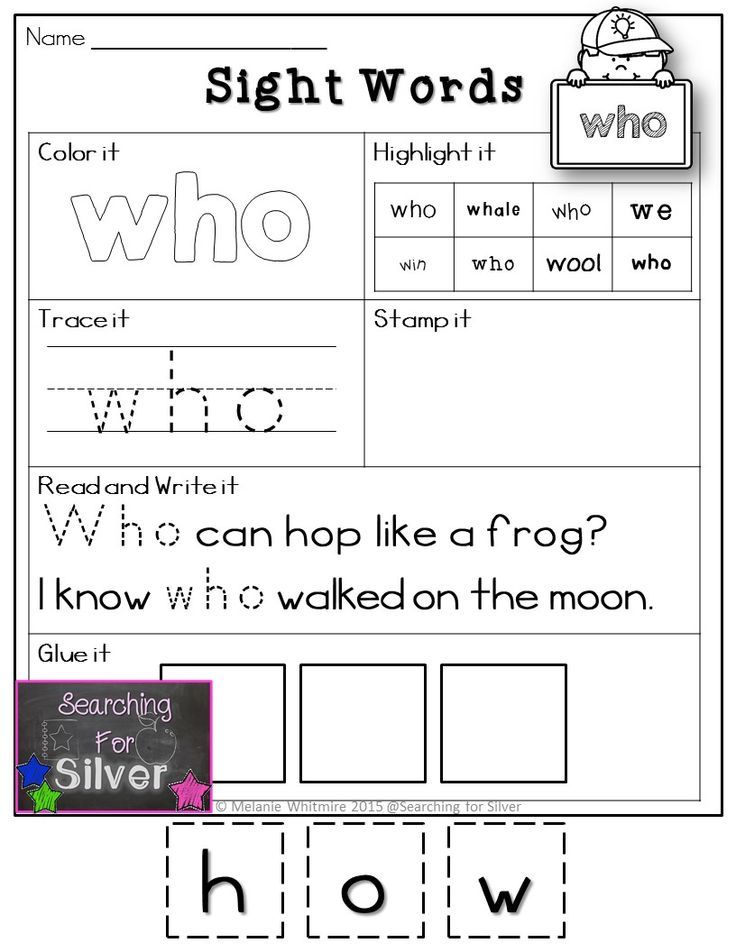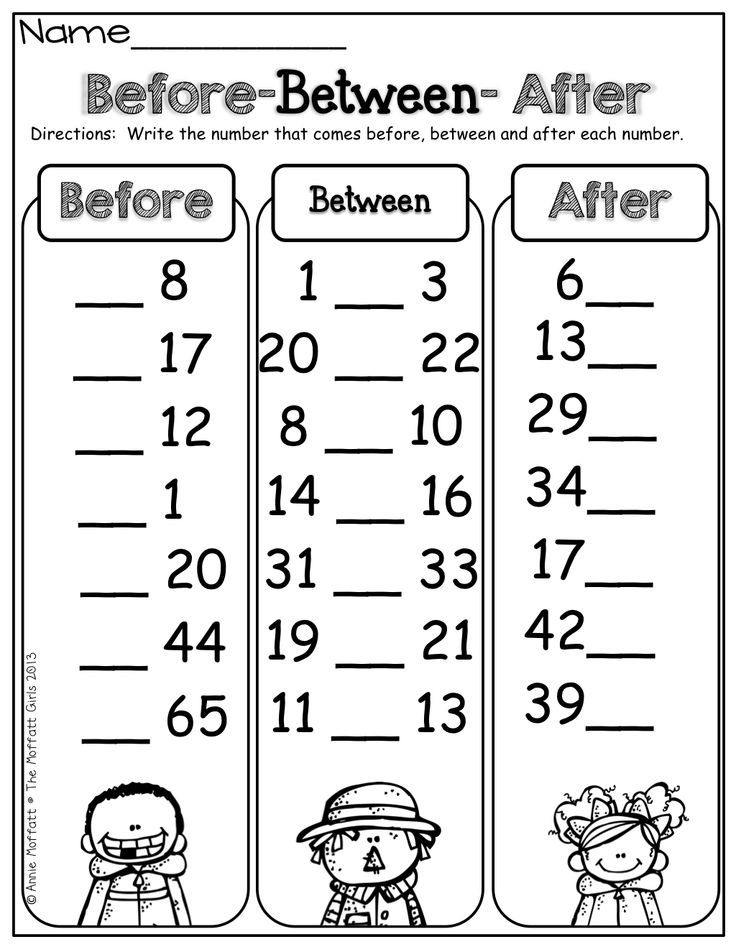Vowel sound for kids
“Vowels For Kids: How To Identify If Your Children Are Ready To Learn Vowels?”
- 1 Comment
- AK
- November 26, 2021
Do your children struggle with vowels? Do they find it difficult to grasp the different variants of the vowels? Are you tired of looking for effective ways to teach vowels to preschoolers? Then your search ends here. This article talks about ways to teach vowel sounds to your kids.
But before you get into it, it is important to understand the meaning of vowels, the reason for your kids to learn them, and the right age to do it.
What are vowels?
Out of the 26 letters of the English alphabet, letters A, E, I, O, and
U are called vowels. Letters other than these 5 are called consonants. Vowels are present within all the words found in the English Language. So without learning vowel sounds, it is impossible to pronounce any word in the language.
So, what’s the difference between vowels and consonants? The difference lies in the way they are pronounced. When vowels are produced, there is no restriction of the passage of air from the lungs to the mouth. But when consonants are produced, the air passage is restricted by either the throat, lips, teeth, or tongue.
There are two types of vowel sounds in the English Language- long vowels and short vowels. Long vowel sounds are pronounced like the letter it designates, while short vowel sounds are pronounced differently from the letter it designates. Short vowel sounds always occur after a consonant and cannot be placed at the end of a syllable.
Why is it important to teach your children vowels?
Teaching vowels are crucial to develop good reading skills in children.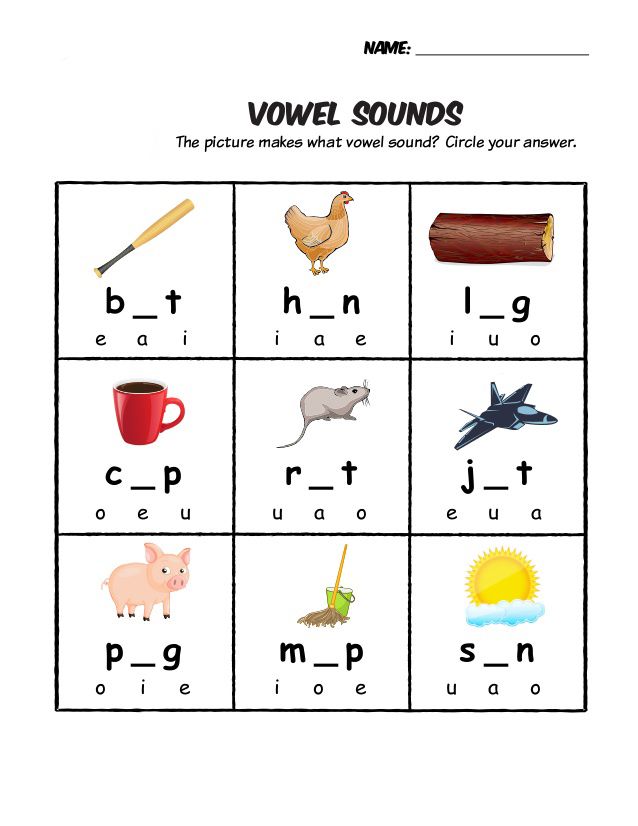 It helps children understand the difference between CVC (consonant-vowel-consonant) words like pat and pit, bat and bet, etc. Without a good understanding of vowels, children often find it difficult to read and spell words right. So, learning vowel sounds is indispensable in your children’s life.
It helps children understand the difference between CVC (consonant-vowel-consonant) words like pat and pit, bat and bet, etc. Without a good understanding of vowels, children often find it difficult to read and spell words right. So, learning vowel sounds is indispensable in your children’s life.
But if you’re wondering what’s the right age for your children to learn vowels, then read on.
How to Identify if your children are ready to learn vowels?
Vowels are the building blocks of the English language. Understanding the difference between long and short vowels can seem like a herculean task for your children if they aren’t ready to learn vowels. And here’s how you can know whether your little champs are ready.
When kids learn to distinguish between beginning and ending sounds in words, it is a sign that they are ready to learn vowels. To know this, pay close attention to the way they spell CVC words like PEN or PIN. The sound they produce will often be wrong. But the good news here is that they are now aware of the existence of something else between P and N. They can now hear some other sound between P and N.
But the good news here is that they are now aware of the existence of something else between P and N. They can now hear some other sound between P and N.
And this development of recognizing vowel sounds is a sign for you to introduce vowels to your children!
How to teach vowel sounds to your children?
Here are some actionable tips to teach vowels to your preschoolers:
- Start with Names of Vowels
Begin by teaching them the names of each vowel. The chief aim here is to make the kids learn, repeat, and memorise the vowels. There are many activities for teaching vowel sounds. Some of them are as follows:
- Use Songs to Teach Vowels
Using songs to teach vowel sounds is the most effective way to begin. Children enjoy singing songs and consider it a fun activity rather than a learning activity. Tweaking the nursery rhyme ‘Old MacDonald’ is one of the most popular ways to teach vowels. Instead of the usual ‘Ee i ee i o’, substitute it with ‘A, E, I, O, U. ’ You can find the animated video of this new version here.
’ You can find the animated video of this new version here.
- Teach them the Hand Motions
Some children find it easy to grasp things when they learn by touching or by physical means. They are called kinesthetic-tactile learners. If your children belong to this category, teaching hand motions is the easiest way to teach them vowels. They will learn to find a connection between hand motion, vowel sound, and shape. This helps them to learn faster and retain longer.
2. Short Vowels Before Long Vowels
Introduce your children to vowels by teaching them short vowels first. Having a thorough understanding of short vowels is required before learning long vowels. If your children fail to grasp short and long vowels, it will have an undesirable effect on their reading skills.
Constant revision is the only shortcut to make kids good with vowels. There are many interesting activities for teaching short vowel sounds to children. Some of the most effective and easy ones are here:
- Learn with placards
Placards made out of ice cream sticks and paper can be used to teach short vowels to kids.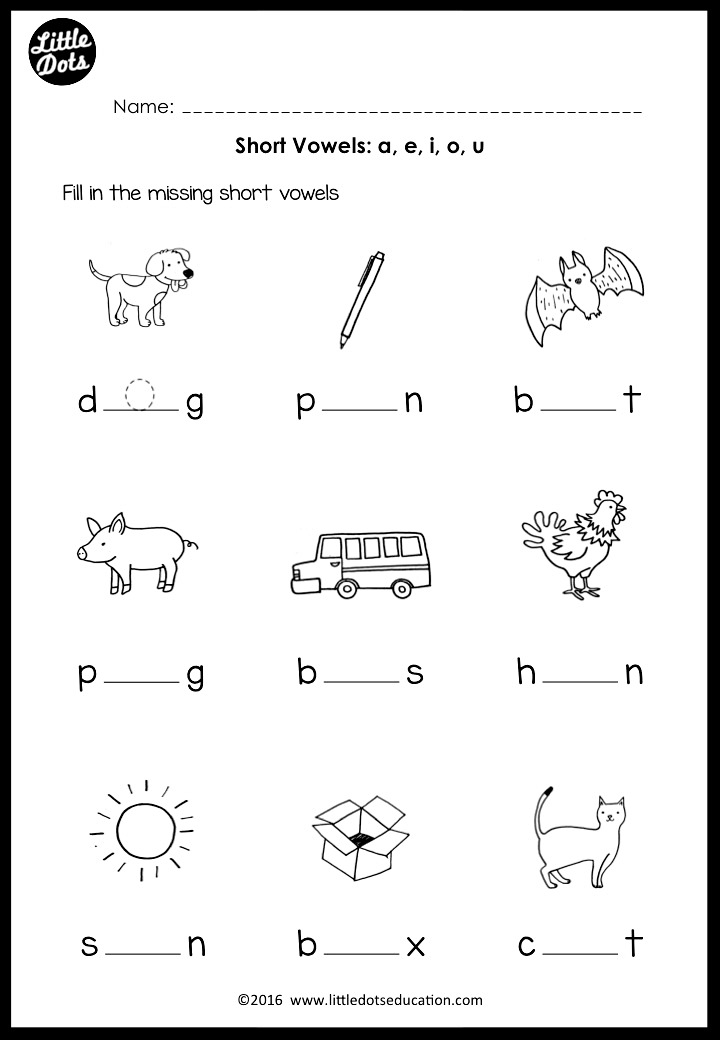 Each short vowel should be written on a single placard. In this activity, you should say words aloud and ask your children to raise the placard with the right short vowel in it.
Each short vowel should be written on a single placard. In this activity, you should say words aloud and ask your children to raise the placard with the right short vowel in it.
For example, your kids should hold up the placard with the vowel ‘a’ if you say the word CAT aloud. If you say the word SIT aloud, your kids should hold up the placard with ‘i’ in it.
- Trace on sand
Making kids trace vowels on sand is a multi-sensory approach and hence is one of the most effective ways to teach them vowel sounds. To perform this activity, spread sand on a plate and give it to your kids. Then say a vowel sound aloud, make kids repeat the sound, and make them trace the vowel on the sand.
If you find it difficult to find sand, download any sand drawing apps from Google Play. This would be a new experience for the kids and will help retain their interest for a longer time.
- Practice In Front of a Mirror
Make children practice saying vowels in front of a mirror.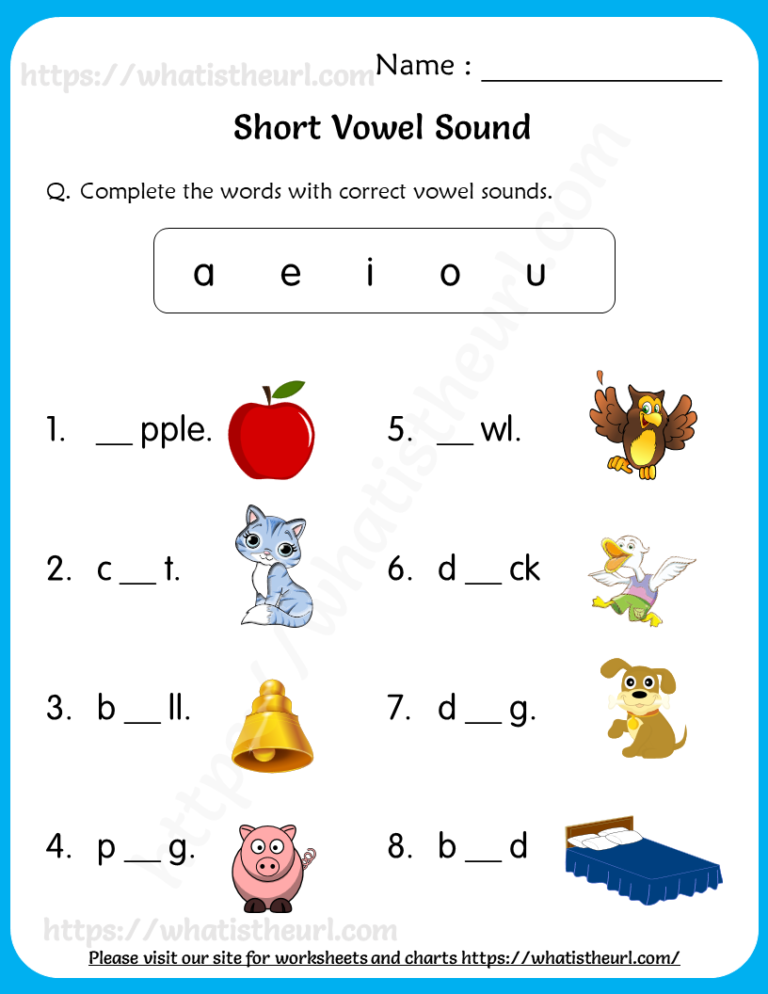 When they observe the shape of their mouth while pronouncing these vowels, they will understand the subtle difference in pronunciation.
When they observe the shape of their mouth while pronouncing these vowels, they will understand the subtle difference in pronunciation.
For instance, voicing vowels ‘e’ and ‘i’ can be confusing for many early learners. But when they practice in front of a mirror, they will learn to distinguish it better.
3. Take it to the Next Level with Long Vowels
Once your children master short vowels, then you can move to long vowels. Long vowels are quite tricky so give children ample time to understand them. The different spellings of long-vowels can be quite overwhelming for them if introduced all at once. Hence, it is important to introduce one vowel at a time.
Just like with short vowels, practice is the only way for your child to wade through the initial confusion. There are many activities to teach long vowels interestingly. Some of them are:
- Long or Short Game
This is a simple but effective activity to help children get familiar with long and short vowels.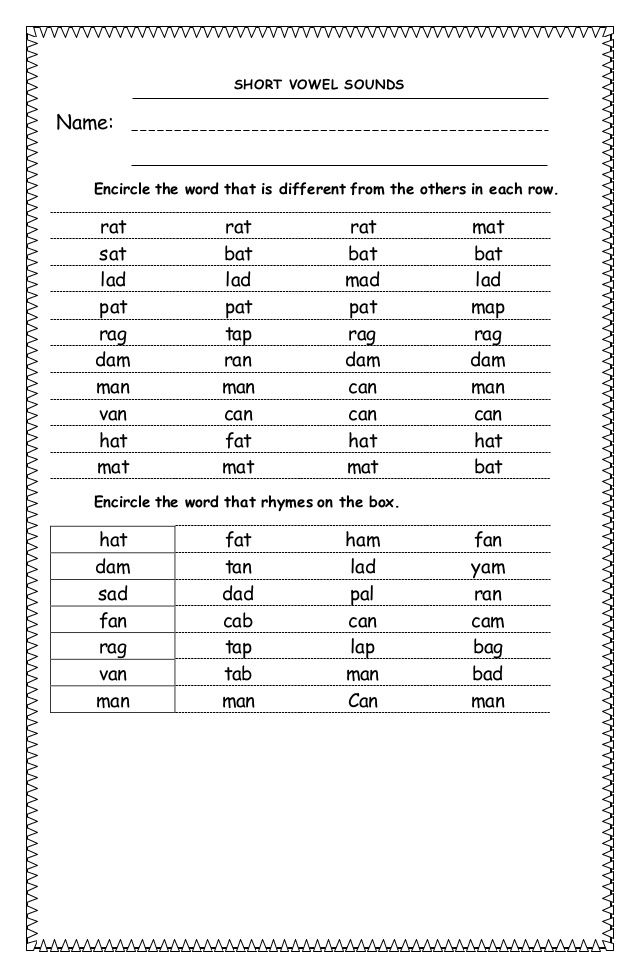 Say a word aloud and ask your children to identify if the vowel used in the word is short or long. Worksheets available on the internet for long and short vowels can come in handy for this activity.
Say a word aloud and ask your children to identify if the vowel used in the word is short or long. Worksheets available on the internet for long and short vowels can come in handy for this activity.
So if you say the word CAKE, children should identify and say that the vowel used is ‘Long A.’If you say the word ‘BAT,’ they should identify that the vowel used is ‘Short A.’
- Sort and Learn
Another interesting activity you can try with your kids is sorting. You can create a list of words using long vowels and ask them to sort them into groups of different long vowels. You can either write the words or download a worksheet for the same.
Give words like snake, train, grapes, and whale. The children should be able to group them under the different long vowel forms of ‘A.’ For example, the word snake should come under the group ‘a-i’ and so on.
- Find the Correctly Spelt Word
This is a bit more advanced than the rest of the activities. Hence, it is suitable once your children become experts at other activities mentioned. The task involves giving them three or four spellings of a word as options and asking them to choose the right one. The options included should be spelling variations of the same long vowel.
The task involves giving them three or four spellings of a word as options and asking them to choose the right one. The options included should be spelling variations of the same long vowel.
For example, you can give options, payne, pain, and pane and ask your children to identify the right word.
Wrapping Up
Vowels are a hard nut to crack for your little champs. And practice is the only way to help them grasp it. But take an effort to make the learning process as easy and interesting as possible. Follow the fun activities described in this article and watch them fall in love with vowels.
What Are Vowel Sounds? (Free Worksheet on Short Vowels)
You'd be surprised how many children, and adults too, you can stump when you ask the seemingly simple question, "What are the vowel sounds?" Many confuse the question with "What are the vowel letters so you'll get some variant of "a, e, i, o, u, and sometimes y" from them, but when it comes to trying to describe what a vowel sound is, you'll get a real mishmash of answers.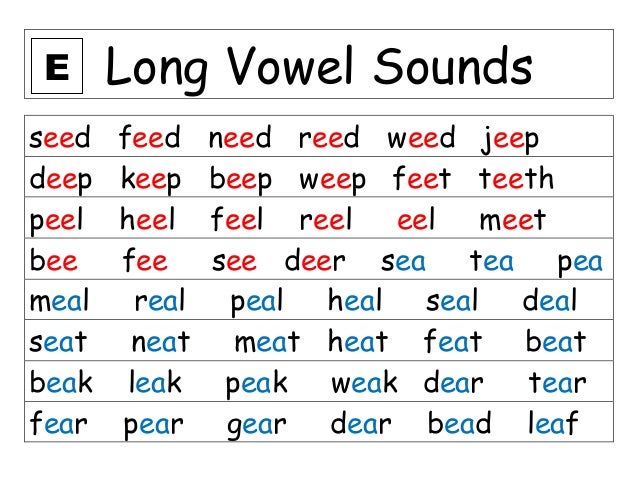 Few of my young clients, and not many of their parents either, actually knew what the main difference is between vowel sounds and consonant sounds.
Few of my young clients, and not many of their parents either, actually knew what the main difference is between vowel sounds and consonant sounds.
What is a Vowel Sound?
Here's an effective way to teach a child what a vowel sound is.
Tell your child that vowel sounds give words their volume and then ask if he knows what you mean by volume on the television. Every five-year-old has heard a parent yell “Turn down the volume!” enough times that they will understand what an adult means by volume. Again state that vowel sounds are the sounds that give words their volume and proceed with the following demonstration.
Ask your child to tell you the sounds in the word fish. If he can segment, he will tell you /f/-/i/-/sh/ are the sounds. (If he can't tell you the sounds in fish, then he needs to do some more Basic Code work before worrying about this explanation.) Then ask him if he knows which sound is the vowel sound. He might say /i/, or he might not.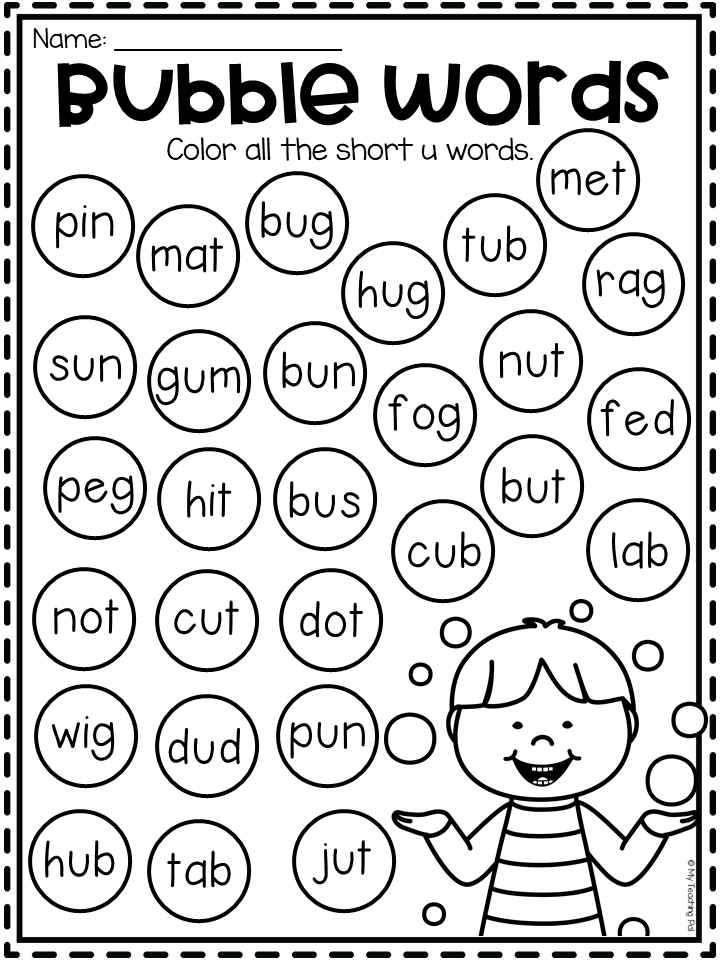 Tell him if he doesn’t know. Then tell him you are both going to try saying fish without the vowel sound. In other words, you’re both going to say "fsh" (/f/sh/; no /i/ sound) and you’re both going to say it as loud as you can. Incidentally, the presence of other people within hearing distance helps make the point here.
Tell him if he doesn’t know. Then tell him you are both going to try saying fish without the vowel sound. In other words, you’re both going to say "fsh" (/f/sh/; no /i/ sound) and you’re both going to say it as loud as you can. Incidentally, the presence of other people within hearing distance helps make the point here.
Spend a few seconds yelling "fsh" at the top of your lungs and then tell him you’re going to put the /i/ sound back in and yell "fish" as loud as you both can. I had lots of kids yelling "fsh!" as loud as they possibly could in my office, but not one ever dared let loose with full volume on "fish!" They immediately realized that the /i/ makes fish potentially much louder.
Reiterate the point that it’s that little /i/, the vowel sound, that makes fish so much louder than fsh and then tell your child that all of the sounds that add volume to words are vowel sounds and that the quieter sounds are called consonant sounds. You can, if you want, experiment with words with other vowel sounds, such as toy without /oy/, cow without /ow/ and her without /er/, explaining that /oy/, /ow/ and /er/ are vowel sounds also.
At this point in the explanation of vowel sounds, I used to point to a long list of 19 vowel sounds in the OnTrack Reading Phonics Program that was pasted on one side of the table and tell my clients that those are the vowel sounds in English words and that we would be studying all of them. Following this demonstration and explanation, my clients (and their parents) finally had some concept of what is actually meant by vowel sounds and how they differ from consonant sounds.
Practicing the Short Vowel Sounds
Most adults know that the short vowel sounds refer to the /a/, /e/, /i/, /o/, and /u/ sounds in the words hat, net, hit, hot, and hut, respectively, but a lot of schools don't use that terminology anymore, so your child might not know it. I took advantage of this fact to relabel the short vowel sounds in the curriculum. Instead, I call them the First Vowel Sounds.
Your child needs to learn the First Vowel Sounds cold.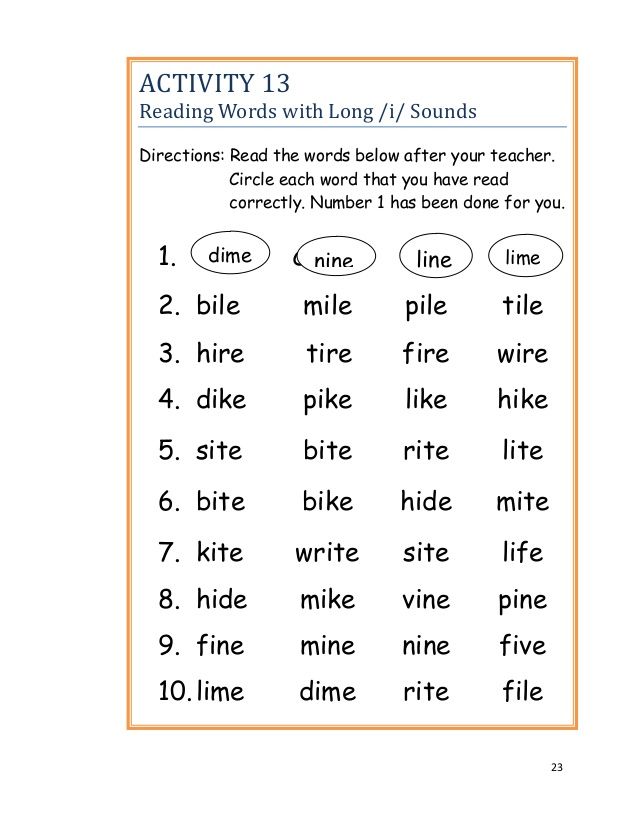 They need to be automatically recalled when he sees them if he is to become efficient at decoding longer, multisyllable words eventually. So, here's a worksheet that you can download so he can practice them.
They need to be automatically recalled when he sees them if he is to become efficient at decoding longer, multisyllable words eventually. So, here's a worksheet that you can download so he can practice them.
The title of the worksheet implies that the vowel sounds /a/, /e/, /i/, /o/ and /u/ form a class, that is, that these five sounds somehow belong together. This class is called the First Vowel Sound, a term that has exactly the same meaning as the older short vowel sound. The old long sound will later be termed the Second Vowel Sound. Just as we once learned two classes of vowel sounds, short and long, your child should learn two classes of vowel sounds, First and Second.
Why the change in terminology? Well, first of all most children don’t learn the older terminology in school any longer, so it’s not asking them to discard something. But more important, the terminology first and second leads logically to third, and even fourth vowel sounds.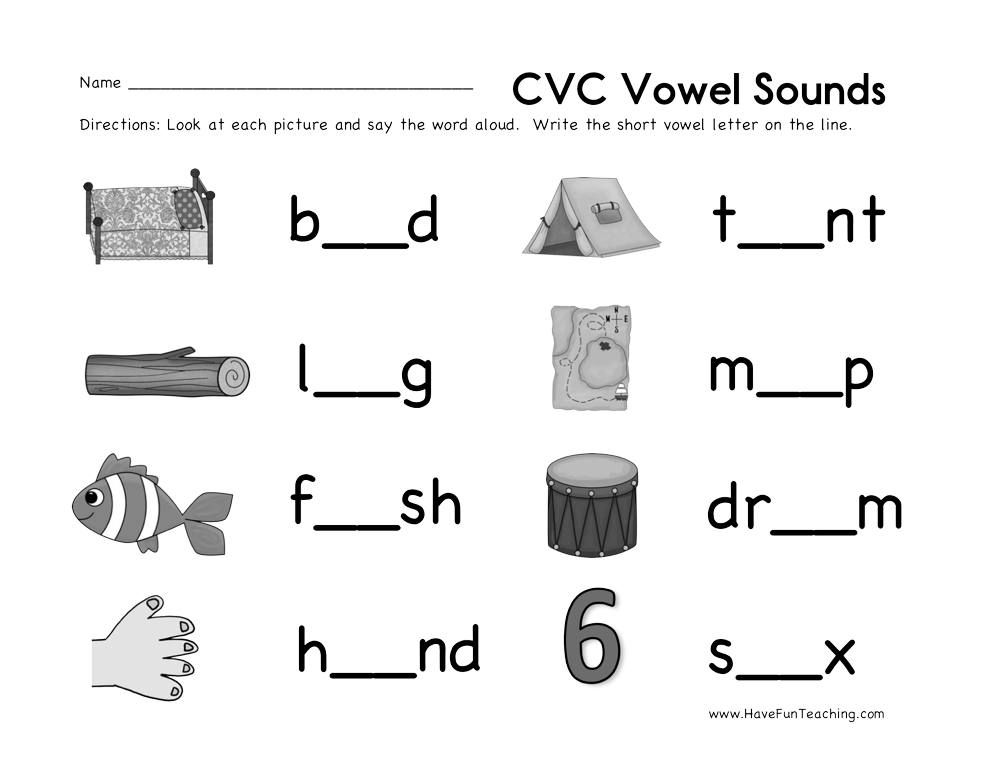 And, indeed, the letters a, i, o and u all have at least a third vowel sound associated with them.
And, indeed, the letters a, i, o and u all have at least a third vowel sound associated with them.
Now, the purpose of the worksheet you downloaded here is to quickly train your child to know the first vowel sounds while also training him to think of them as a class with similar characteristics. The first characteristic that they share is that they are typically the sound used in the center of a three letter word, such as cat and hot. To make that point in a subtle manner, the key words for each of the sounds are the three letter words, cat, net, sit, hot and cut, all with the vowel spelling in the center of a three letter word that they should be able to decode.
Directions for Using the
First Vowel Sounds Phonics WorksheetHere’s how to use the worksheet. Go over the key words to see that your child knows each of them and then have him say /a/, /e/, /i/, /o/, /u/ as you point to the letter next to each word. Then move to the first line and have him do it again, letting him glance at the key words if necessary.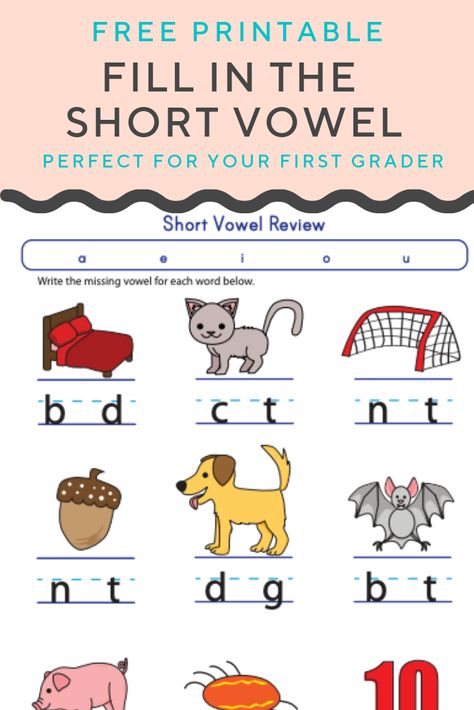 Then try the second line, which mixes them up a bit. Again, let him look at the key words.
Then try the second line, which mixes them up a bit. Again, let him look at the key words.
By now, you’ll have noticed that your child is struggling with one or two of the letters more than the others. Say he keeps saying /u/ for the letter "a." Tell him he’s having trouble with the /a/ sound and that you’re going to try the /a/ row. (Reminder, /a/ means you’re saying the sound, not the letter name.) Go to the third row which starts with the letter "a" and repeats the letter "a" every other letter.
As your child goes over the /a/ row, note again which of the other letters he struggles over and then say you’re going to have him try, say, the /o/ row and go to the row starting with the letter "o." Practice this for just two or three minutes and praise any obvious progress. Then put it aside and return to it later for an additional two to three minutes. If you continue this process over just a few days, you will see your child automating the process of saying the correct sound when he looks at its associated letter without any longer having to look at the key words.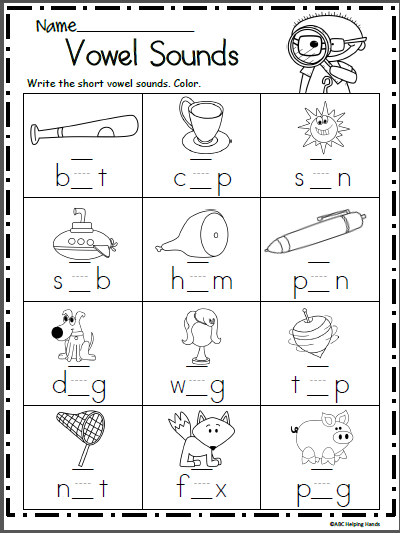 And, he will begin to think of them as a class of sounds because they are always being practiced together and being referred to by the common terminology, First Vowel Sounds.
And, he will begin to think of them as a class of sounds because they are always being practiced together and being referred to by the common terminology, First Vowel Sounds.
Expected Results
Using this worksheet, nearly every client of OnTrack Reading managed to learn the First Vowel Sounds by the time they returned for the following week’s lesson, so give it a try. The end result will be that your child knows the sounds and no longer has to look up at the ceiling and visualize an octopus and then say /o/ to himself before returning to the text to read a word like lots or plot. He also won't find himself thinking about an octopus in the middle of whatever story he's reading.
If you find this lesson useful, consider returning and investigating the OnTrack Reading Advanced Code Phonics Workbook. The workbook is a complete advanced code phonics program that incorporates each of these "Tidbits" and covers precisely the information your child will need to become proficient in phonics, including the most effective multisyllable decoding method you will find anywhere. (Seriously, it is the best multisyllable method you will find anywhere because it uses the same "kid-logic" approach that you've found here.)
(Seriously, it is the best multisyllable method you will find anywhere because it uses the same "kid-logic" approach that you've found here.)
After your child understands what a vowel sound is, the lesson on the next page, Explaining Split Vowel Digraphs, contains valuable information on how to teach a child about split vowel words like save, shine, tone, theme, and cute, where the vowel spelling is "split" by the ending consonant sound. You'll also find there an explanation as to why one should generally avoid terms like "silent-e" and "magic-e" when describing the vowel spellings in a word containing a split vowel digraph.
How to explain to a child the difference between vowels and consonants?. Blog Logo-Expert
Elementary school teachers notice that phonetic analysis for toddlers is one of the most difficult tasks. Indeed, in order to determine what sound is in front of you, the child needs to analyze it properly and remember how vowels and consonants are pronounced.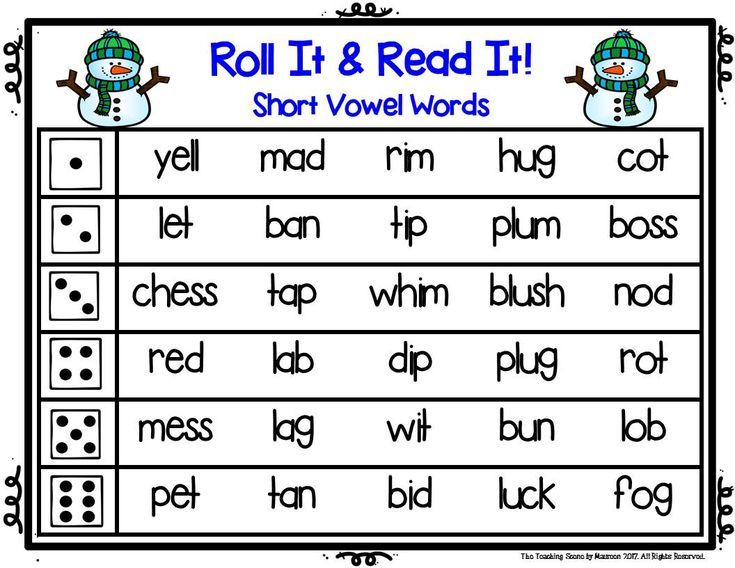 Without a clear understanding of the difference, the child will be constantly confused.
Without a clear understanding of the difference, the child will be constantly confused.
To help your baby learn to distinguish sounds, follow these guidelines:
Inventive children will show you how to sing the sound Z or M, and then confusion will not be avoided. The fact is that all sounds in our language can be divided into 3 groups: vowels are voice, voiced consonants are voice and noise, deaf consonants are only noise. Sonorants are closest to vowels: p, l, n, m, d. Therefore, the argument that vowels are sung and sonorants are not - do not use for the sake of your own further peace of mind.
The main conclusion he must come to is that when pronouncing consonants, air is constantly being prevented from easily jumping out of the mouth: either teeth, or lips, and the sound M generally comes out through the nose. Give the baby a mirror - let him compare how the mouth behaves when he pronounces vowels and consonants in turn.
-
Tell a story: “Mouth is a house that has doors, a floor, and a ceiling.
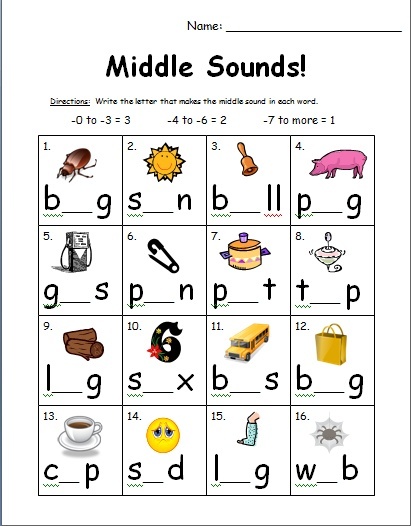 The vowel sounds lived happily and cheerfully in this house - they could easily run out into the street for a walk and no one interfered with them.
The vowel sounds lived happily and cheerfully in this house - they could easily run out into the street for a walk and no one interfered with them.
Say all the vowels - show that the mouth is really open, the tongue is calm, and the air comes out unhindered. “But once an evil snake settled in this house and did not let out sounds on the street. Either he will press them from the side, then he will close his teeth. Say the consonants. “But the consonant sounds were smart and they came up with how to outwit a snake. They began to hold on to the handles with vowel sounds and together run past the snake. Try". The child should notice that when pronouncing open syllables, the air comes out freely. “So, since then, sounds began to live together and the snake was not afraid.”
Note that individual consonants are read briefly, but together with vowels they can be drawn for quite a long time.
Prepare cards with pictures and words: ball, house, cheese, whale, meadow, forest. These words contain all vowel sounds. Put the first card in front of the child and make a riddle: "This word has an unusual sound that you can shout the loudest, sing it the longest, when you pronounce it, neither your teeth, nor your lips, nor your tongue interfere." Give the child the opportunity to shout out the sound and look at himself in the mirror. Be sure the kid will find the answer!
These words contain all vowel sounds. Put the first card in front of the child and make a riddle: "This word has an unusual sound that you can shout the loudest, sing it the longest, when you pronounce it, neither your teeth, nor your lips, nor your tongue interfere." Give the child the opportunity to shout out the sound and look at himself in the mirror. Be sure the kid will find the answer!
And if you want to learn how to distribute the stages of corrective work to form the correct sound pronunciation, master the production of sounds with the help of speech therapy probes; learn how to activate kinesthetic sensations in the oral area and how to use the V-Zibe massager; then we are waiting for you at the mini-course: "Sound production: features of the beginning of work and the formation of sound pronunciation."
Learning letters and sounds with children
7335
Before teaching a child to read, parents are advised to first teach the child to recognize and distinguish sounds.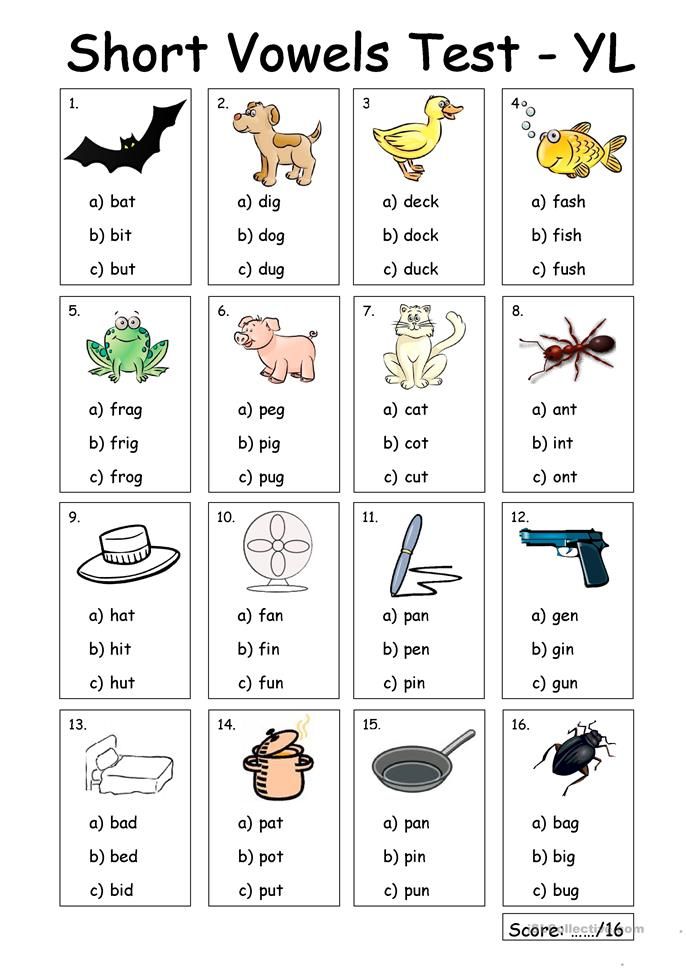 Some children understand the difference between letters and sounds after the first explanation, while others do not. And then the mother has to connect her imagination and all her pedagogical abilities in order to first understand herself, and then explain to the child why to distinguish between sounds and letters and how to do it.
Some children understand the difference between letters and sounds after the first explanation, while others do not. And then the mother has to connect her imagination and all her pedagogical abilities in order to first understand herself, and then explain to the child why to distinguish between sounds and letters and how to do it.
It is necessary to understand the following pattern: there are many more sounds than letters, sounds are more important than letters, letters in themselves do not mean anything, and all qualities, for example: sonority, softness, etc., are related to sounds. One letter can represent several sounds. Therefore, we begin to learn to speak and read precisely with sounds.
Tell a kid a story:
“People lived in ancient times. They already knew how to speak and therefore loved to tell each other fairy tales and sing songs. But everything they told was quickly forgotten, because people did not know how to write. Fairy tales and songs were so interesting that a person wanted to remember them for a long time.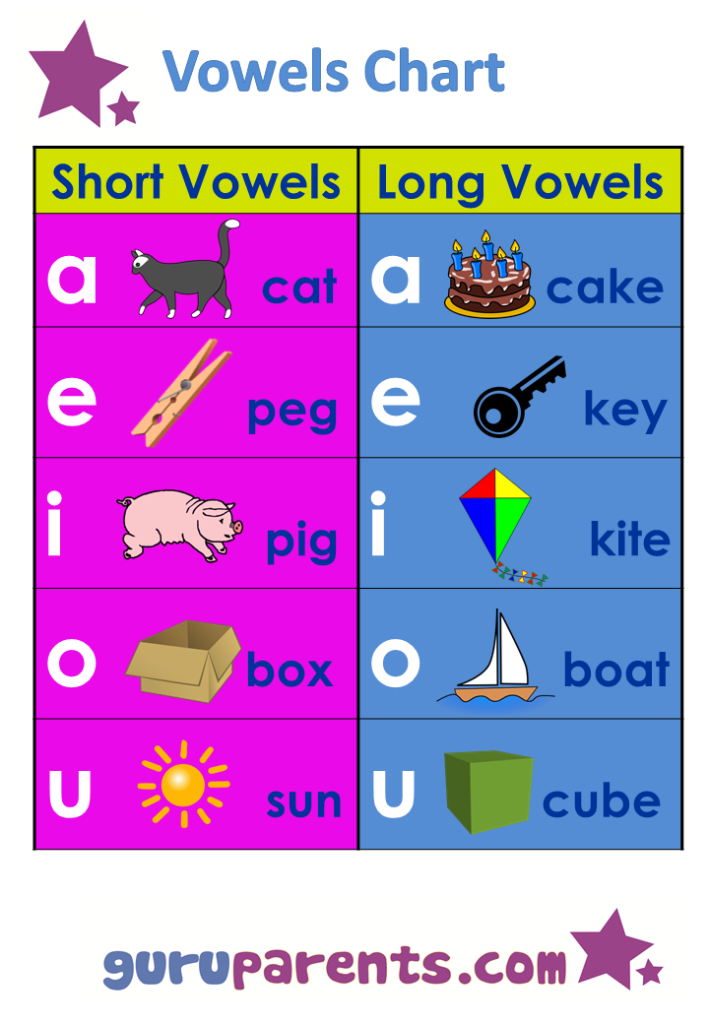 And then people came up with special letter icons. The letters denoted the sounds that people uttered when telling a fairy tale. So the ancient man began to write down his fairy tales with the help of letters. Therefore, letters-icons now live in books, but they are always silent until you want to read them aloud. And as soon as you want to read a letter, sound will immediately appear. Sound and letter are the closest friends and cannot live without each other. A letter without a sound is silent, and a sound without a letter immediately disappears.
And then people came up with special letter icons. The letters denoted the sounds that people uttered when telling a fairy tale. So the ancient man began to write down his fairy tales with the help of letters. Therefore, letters-icons now live in books, but they are always silent until you want to read them aloud. And as soon as you want to read a letter, sound will immediately appear. Sound and letter are the closest friends and cannot live without each other. A letter without a sound is silent, and a sound without a letter immediately disappears.
There will be 33 houses in the city, because there are 33 letters in the alphabet. A river will flow through the city, which will divide it into three parts. One coast is called "Vowers", the second - "Consonants", and empty houses are built on the third coast. However, houses will be built in the city not only on the shore, but also on the river. Floating houses are special. They can be painted in two colors, and empty houses in one gray color.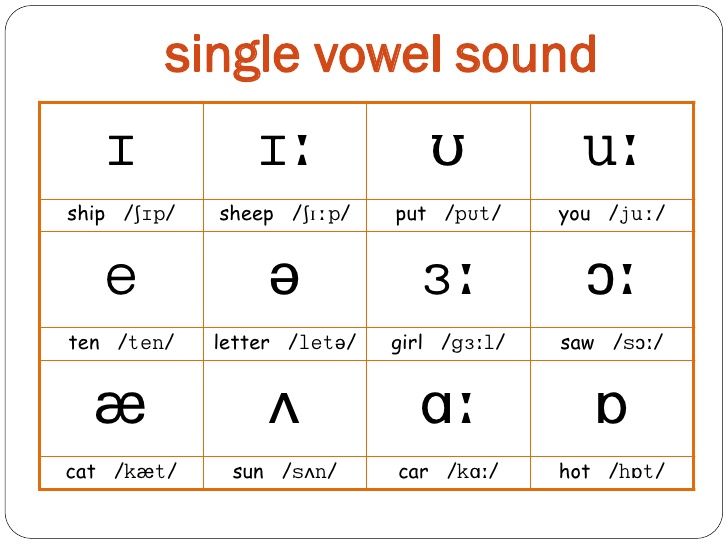
Houses in the city are divided into three types: with two tenants, with one and empty houses.
On the bank of vowels there will be 6 single houses: a, i, o, u, s, e.
Houses were built on the bank of consonants, where 2 sounds live at once - hard and soft: b-b, v-v, g-g, d-d, z-z, k-k, l-l, m-m, n -n, p-p, r-r, s-s, t-t, f-f, x-x, and single houses: f, c, w, d, h, u. In total, 21 houses were built on the bank of the consonants.
Suitcase houses will live on the river, there are only 4 of them. Two sounds Y-E live in the house E, sounds Y-O live in the house YO, in the house Yu - Y-U, in the house I - Y-A. These houses were built on the river because vowels and consonants coexist in them.
There are empty houses on the third bank: b sign and b sign. Nobody lives in these houses. Therefore, these letters do not have sounds. They are only for writing.
Play with the drawn map.
Discuss with your child in the following sequence: the letter B is the house of two friends: a large and hard sound B and a small and soft sound b. Compare how the letter B sounds, for example, in the words Bom and Bim. (In the word Bom we hear a hard sound B, in the word Bim - a soft sound b).
Compare how the letter B sounds, for example, in the words Bom and Bim. (In the word Bom we hear a hard sound B, in the word Bim - a soft sound b).
When examining a book, ask: “Where is the letter M in the word BEAR? And what sounds live in the house-letter M?" The child must remember the map or directly examine it with you at this moment and show with a finger that sounds live in this house: big and hard M and small and soft m.
When studying consonants, call them by the sound they denote, i.e. not "me" or "em", but "m". Otherwise, later it will be very difficult for the child to learn how to combine letters into syllables and words.
The ratio of sounds and letters is a rather abstract thing for kids. And it will be easier for them to understand it if they are guided by the picture and create images in their imagination.
The Razumeikin website will help your child learn letters in the "Letters and Reading" section and get acquainted with the characteristics of sounds in the "Preparing for Literacy" section - educational videos and interactive tasks will turn learning to read into an exciting game!
Did you like it? Share with friends:
Online classes on the Razumeikin website:
-
develop attention, memory, thinking, speech - namely, this is the basis for successful schooling;
-
help to learn letters and numbers, learn to read, count, solve examples and problems, get acquainted with the basics of the world around;
-
provide quality preparation of the child for school;
-
allow primary school students to master and consolidate the most important and complex topics of the school curriculum;
-
broaden the horizons of children and in an accessible form introduce them to the basics of various sciences (biology, geography, physics, chemistry).


